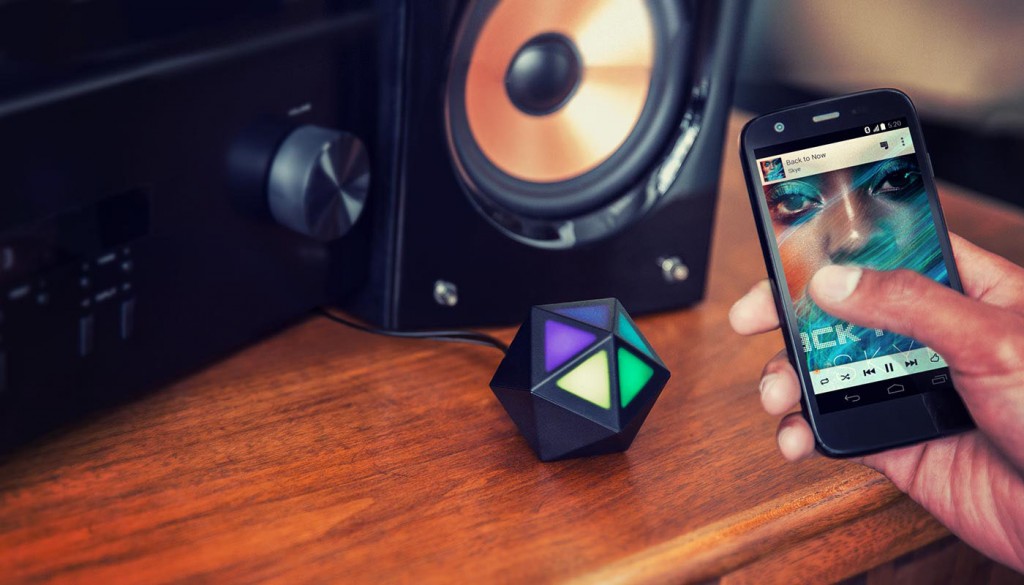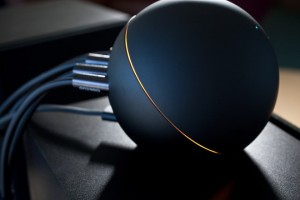Follow this link to read about the new Chromecast and Chromecast Audio.
Maybe you remember the failed Nexus Q device and wonder how the redesign of it is going? Well, here is your answer, the Google Chromecast . It´s a device that is attached to an HDMI port and plays content from you android device or you PC. The price is 35$ which is 1/10 of the previous Nexus Q.
. It´s a device that is attached to an HDMI port and plays content from you android device or you PC. The price is 35$ which is 1/10 of the previous Nexus Q.

It is capable of playing Youtube, Netflix, Google Play music and most content that can be played in a Chrome PC tab. The intended usage scenario is to attach it to a TV.
So how could this be used for playing music in a multiroom setting? Lets say that you have receivers in two rooms with HDMI input (and decoding). You could then attach the Chromecast to those ports and then send content to it that would be played through the receiver.
For now, the music sources are limited to Google Play Music, Google Play Music All Access, Youtube music videos and anything that could be played through Chrome on a PC, like Spotify web player.
From a music only perspective, it would have been better if Google also had a dedicated audio output like a toslink or a standard 3.5mm. But most TVs has audio out options that can be inserted into a receiver that can’t handle HDMI decoding. There are also a myriad of converters that can be used depending on the requirements. Like this HDMI to VGA & Audio Cable if you just want audio or have an old display without HDMI.
if you just want audio or have an old display without HDMI.
Chromecast has sold very well and that will probably make more third party providers want to incorporate support for it in their apps.
Google has the Google Cast API for developers that want to incorporate support in their existing apps or new software solutions. Google claims that in some cases it can be as little as 200 lines of code to get it working.
Google Chromecast is powered by the Marvell ARMADA 1500-mini chip that is capable of handling the following formats (Which does not mean they are activated in Chromecast):
-H.264 high profile @ Level 4.1, 4.2 and 5
-VC-1
-MPEG2/4
-WMV9 MP
-VP6/8 SD & HD
-DIVX-HD
-Dolby Digital (AC3)
-Dolby Digital Plus
-Dolby TrueHD
-DST HD-MA
-DTS digital surround
-DTS-HD
-AAC/AAC+
-WMA
-MPEG1 Layer 1/2/3, MPEG2 Layer 2, AC3, E-AC3, HE-AAC v1L2 & v2L4, MPEG2-LC
-MP3, MPEG audio
-AC3 & DTS encode over SPDIF
Update Mars 2014
The Android app for the music service Rdio now supports Chromecast. You can also play local network files on the Chromecast through the android apps AllCast and LocalCast.
Update May 2014
Spotify is supported through the Android app Spoticast.


